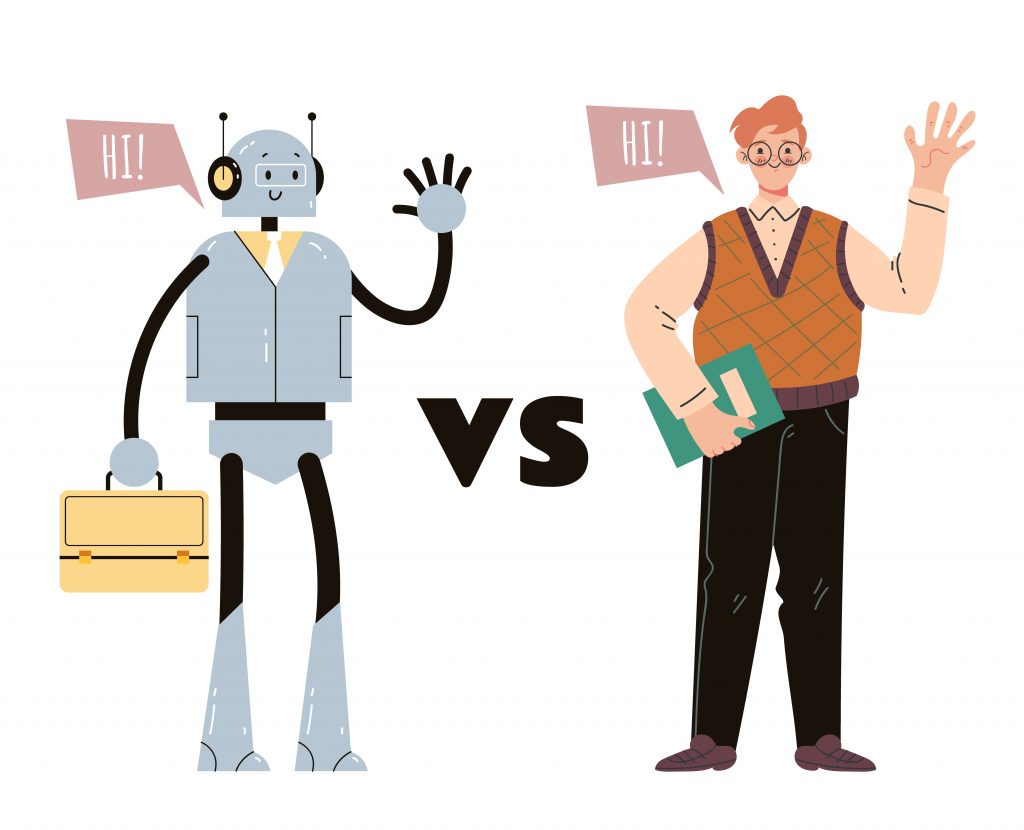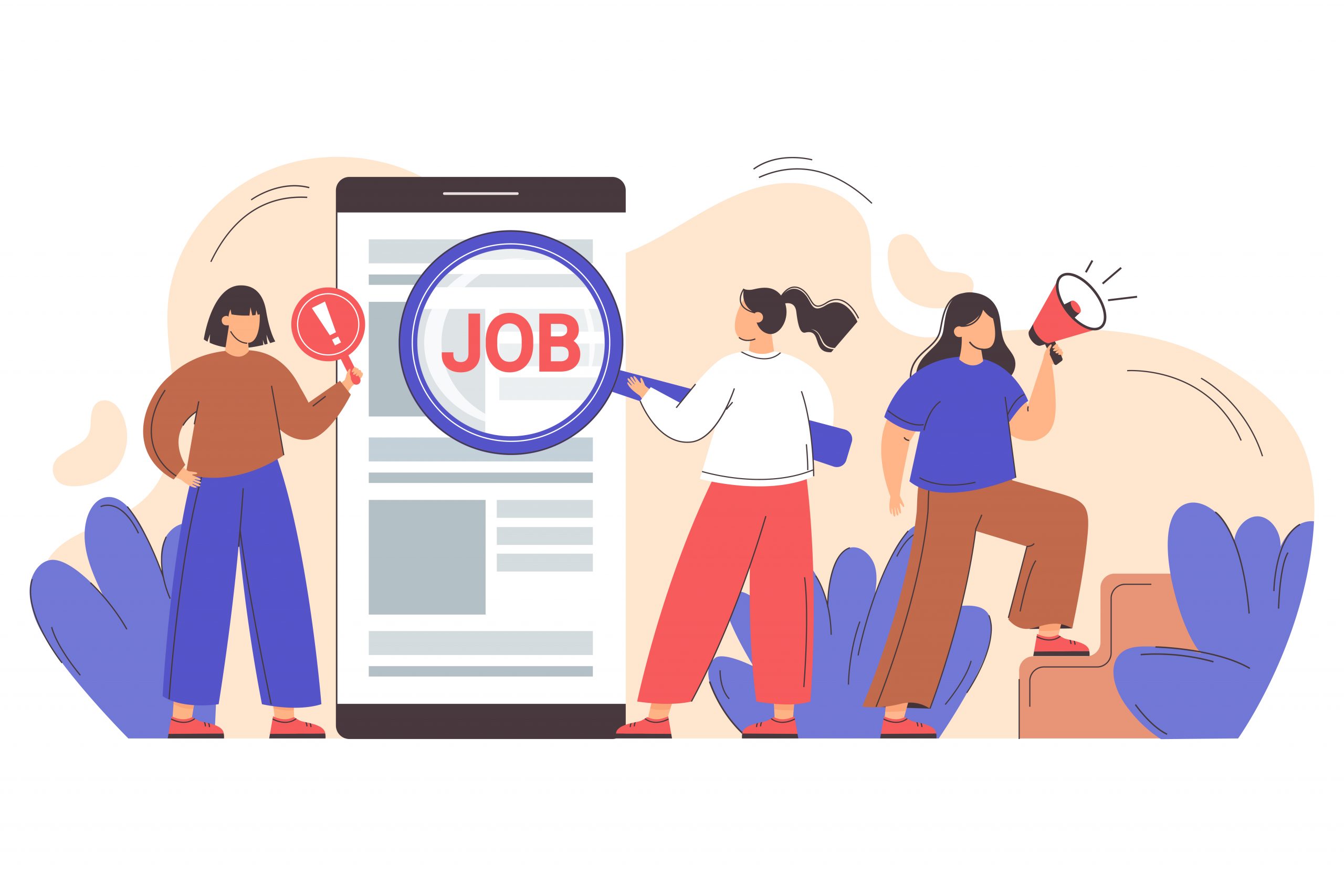In today’s competitive job market, creating a standout resume is essential. But with a range of resume-building options—from traditional resume builders to advanced AI-powered tools—it can be hard to decide which one to use. In this article, we’ll dive deep into the pros and cons of AI Resume Builders and Traditional Resume Builders, compare their features, discuss convenience factors, and consider which may be worth the investment.
The Basics: What is an AI Resume Builder?
An AI Resume Builder uses artificial intelligence to help you craft a resume tailored to job descriptions, formatting guidelines, and ATS (Applicant Tracking System) requirements. AI tools often analyze language, keyword optimization, and structure to improve your resume’s chances of passing automated filters, which many companies use to screen applicants.
A Traditional Resume Builder, on the other hand, typically provides a more hands-on experience, offering templates, design options, and basic formatting help but without as much assistance with content optimization or keyword usage.
Pros of an AI Resume Builder
1. Personalized Guidance and Feedback
AI resume builders often come equipped with advanced algorithms that analyze your resume in real-time, offering suggestions on keywords, phrasing, and formatting based on the job description. This is particularly helpful if you’re not confident about tailoring your resume for specific jobs.
2. ATS Optimization
Most AI-powered tools automatically format and organize your resume to ensure compatibility with Applicant Tracking Systems, which are used by 99% of Fortune 500 companies. This means your resume has a higher chance of reaching the hands of hiring managers rather than being filtered out early in the process.
3. Efficiency and Time Savings
With AI resume builders, you can create a tailored resume much faster. AI-driven recommendations and templates simplify the process, making it easy to generate a polished, job-ready resume in a fraction of the time it would take with manual methods.
4. Industry-Specific Insights
AI resume tools often provide industry-specific insights by analyzing a vast pool of resumes and job descriptions. Some premium AI builders will suggest particular skills or achievements based on your industry, making your resume even more relevant and impactful.
Cons of an AI Resume Builder
1. Lack of Personal Touch
While AI is excellent at analyzing data, it doesn’t capture nuances like a human editor would. AI-generated content might lack the warmth or individuality that some employers appreciate, especially for roles that value creativity and personality.
2. Dependency on Technology
AI resume builders rely on algorithms to generate recommendations, which sometimes leads to overly generic or rigid suggestions. For more creative roles, a traditional builder might allow for greater flexibility and personal expression.
3. Higher Costs for Premium Features
While many AI resume builders offer free versions, premium features often come at a cost. These premium packages may include extra templates, advanced ATS scans, and in-depth guidance but can be pricey. For job seekers on a budget, traditional builders may offer a more affordable route.
Pros of a Traditional Resume Builder
1. Creative Control and Flexibility
Traditional resume builders allow you to control every aspect of your resume’s look and content. If you’re aiming to show personality, creativity, or unique skills, traditional builders may offer more flexibility.
2. Lower Cost
Traditional builders generally offer more affordable options, with many even providing free templates and design tools. For individuals looking to make minor updates to a resume or those on a tight budget, traditional builders can be a great choice.
3. Wide Range of Templates
Traditional resume builders often have a broad selection of templates designed for various industries. Although not as personalized, these templates provide a straightforward and easy-to-follow structure that meets most general job application needs.
Cons of a Traditional Resume Builder
1. No ATS Optimization
One of the biggest drawbacks is the lack of ATS optimization. Many traditional resume builders offer visually appealing templates that don’t translate well into ATS systems, which can lower the chances of your resume reaching a hiring manager.
2. More Time-Consuming
If you’re using a traditional builder, expect to spend more time manually adjusting your content and tailoring it to each job description. Without AI-driven suggestions, the process of fine-tuning language and optimizing keywords can be labor-intensive.
3. Limited Content Guidance
Traditional builders typically provide minimal content guidance, meaning job seekers need to know what to include and how to phrase their experience effectively. For those without resume-writing experience, this can make it challenging to create a compelling resume.
Convenience: AI vs. Traditional
Speed and Ease of Use
- AI Resume Builders: These are generally faster, with step-by-step guidance that simplifies decision-making, especially for those who aren’t familiar with resume writing best practices.
- Traditional Resume Builders: Though still user-friendly, they require more manual effort, particularly when optimizing the resume for each job application.
Suitability for Different Roles
- AI Resume Builders: Best for industries and roles where ATS screening is critical, like tech, finance, or corporate positions.
- Traditional Resume Builders: Well-suited for creative roles where a unique, personalized design might be more appealing than a traditional corporate format.
Cost Efficiency
- AI Builders: They’re often pricier, with premium versions that may charge for ATS optimization, keyword suggestions, and additional templates. However, this investment might be worthwhile for applicants in highly competitive fields.
- Traditional Builders: Typically more budget-friendly, with fewer features but enough for straightforward resume building.
Why Consider Both?
Using both tools can be advantageous, especially when you need flexibility with design and layout but also want keyword and ATS optimization. Many job seekers find success by using a traditional resume builder to create a visually unique resume and then running it through an AI tool to refine wording, optimize keywords, and ensure ATS compliance.
Premium Packages: Are They Worth It?
Both AI and traditional resume builders offer premium packages with added features, which may include:
- Expanded Template Libraries: Premium options often provide a larger selection of templates, catering to specific industries and job levels.
- Advanced ATS Scans: Premium AI resume builders might include in-depth ATS scans, offering feedback on keywords, skills, and formatting adjustments.
- Content Suggestions: Premium AI packages can suggest industry-specific language and skills based on top-performing resumes.
- Personal Branding Options: Some traditional builders offer premium design features that allow for branding customization, such as unique layouts, fonts, and colors.
Investing in a premium package may be worth it for anyone who wants to maximize their chances in competitive markets, especially for high-level or specialized roles. A premium resume builder can provide extra polish, ensuring that your resume aligns well with industry standards and has a professional finish.
Final Thoughts: Which One Should You Use?
Ultimately, the decision between an AI resume builder and a traditional resume builder depends on your goals, industry, and the type of position you’re applying for. Here’s a quick recap to help guide you:
- Choose an AI Resume Builder if you want fast, tailored resume feedback, need ATS optimization, or are applying to corporate or tech roles where keyword relevance is essential. For a small premium investment, these builders can save you time and provide valuable insights.
- Choose a Traditional Resume Builder if you’re looking for creative control over your resume, have a limited budget, or need a visually distinctive resume for creative industries. These builders provide flexibility at a more accessible cost, ideal for applicants with specific design preferences.
Embrace the Power of Both
By combining the strengths of both AI and traditional resume builders, you can create a resume that stands out visually and performs well under ATS systems. Start by designing your ideal resume with a traditional builder, then refine it with an AI tool to optimize language, keywords, and formatting.
Whether you opt for AI, traditional, or both, consider exploring premium packages for enhanced features, deeper insights, and a broader range of design options. Investing in your resume now can pay off in a competitive job market, setting you up for greater success in landing interviews and securing the role you want.




